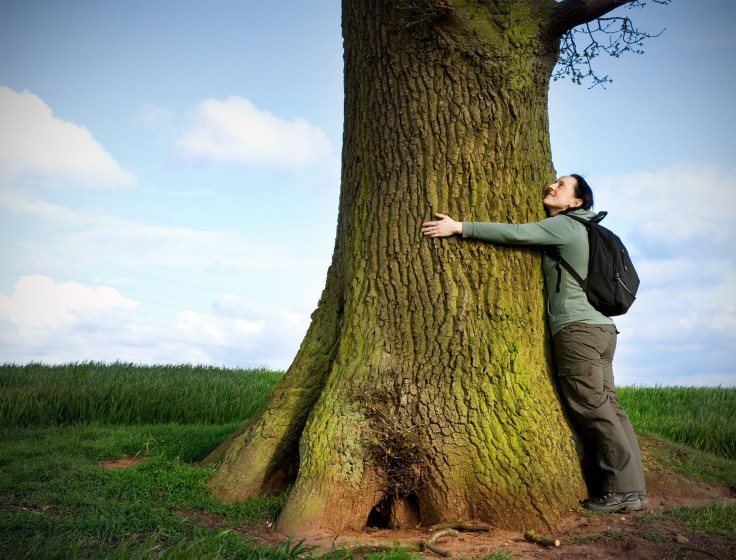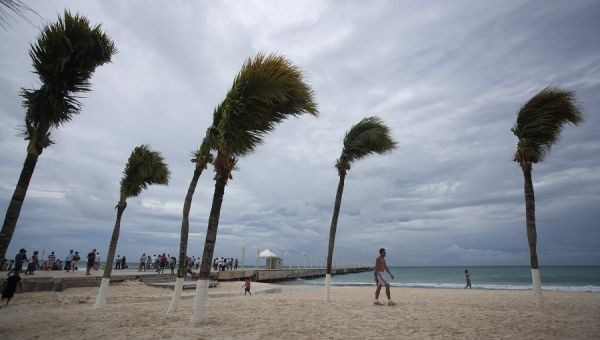Some Trees Could Worsen Droughts By Consuming Too Much Water

A number of plants and trees such as bananas and oaks use up too much precious but scarce ground water to cool themselves during droughts and, in the process, make droughts more intense.
New research published in the Proceedings of the National Academy of Sciences journal showed some trees could actually worsen a drought in their areas by soaking up far too much ground water. It was conducted by a team led led by University of Utah biologists William Anderegg, Anna Trugman and David Bowling.
"We show that the actual physiology of the plants matters," Anderegg said. "How trees take up, transport and evaporate water can influence societally important extreme events, like severe droughts, that can affect people and cities."
The study showed how tree traits affect how well forests handle hot and dry conditions. Some plants and trees have an internal plumbing system that slows down the movement of water. This helps the plants minimize water loss when it's too hot and dry.
On the other hand, some plants have a system more suitable for emitting large amounts of water vapor into the air with the larger openings on their leaves. These traits determine how well trees and forests can weather droughts.
The study wanted to know how these traits affect drought itself.
"We've known for a long time that plants can affect the atmosphere and can affect weather," Anderegg said.
Exhaled water into the atmosphere affects the balance of water and heat on the Earth’s surface, which fundamentally controls the weather. In the Amazon rainforest with its massive abundance of trees, all of that water vapor can jumpstart precipitation.
The researchers used information from 40 sites around the world to collect data on the flows of heat, water and carbon dioxide in and out of the air. They also listed what tree species were prevalent around the instrumentation.
Comparing that data with a database of tree traits allowed researchers to draw conclusions about what a tree’s traits were correlated with more droughts becoming more intense.

Researchers discovered two important traits: maximum leaf gas exchange rate and water transport.
The former refers to the rate at which leaves pump water vapor into the air. The latter describes how much water a tree can move to its leaves. In cool regions, plants and trees slowed down water use in response to declining soil moisture.
In hot climates, however, some plants and trees with high water transport and leaf gas exchange rates lost more and more water in an effort to carry out photosynthesis and stay cool while depleting the soil moisture that was left.
"You end up getting to these conditions that are hotter and drier much faster with those plants than with other plants," Anderegg said.



























